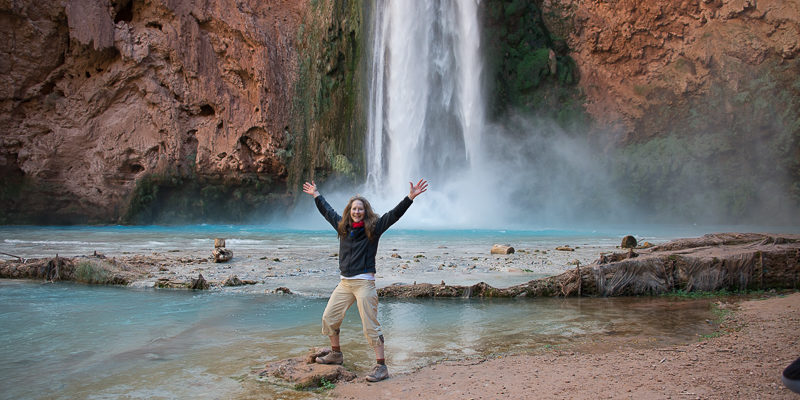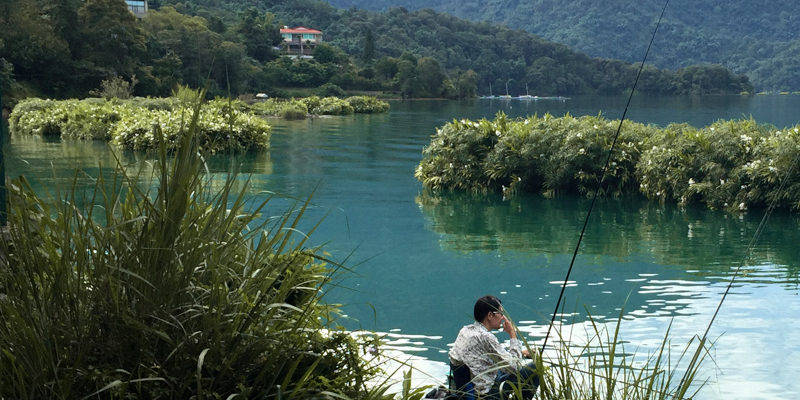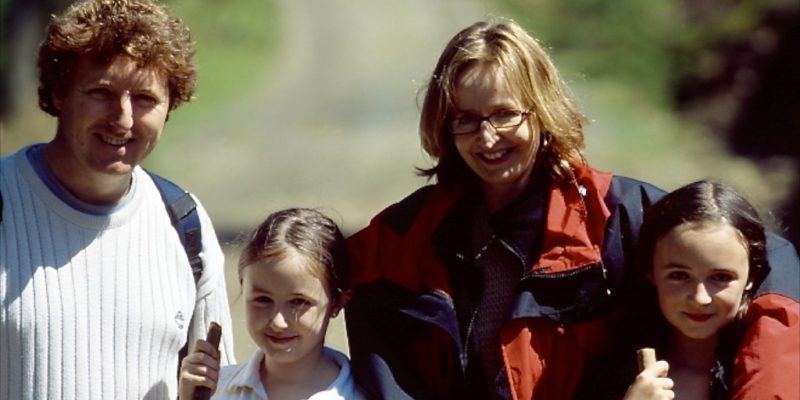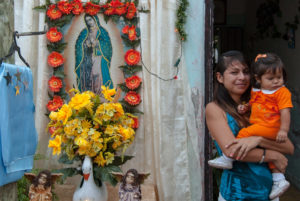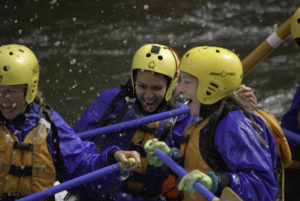On the trail of wartime secrets, the author uncovers a few surprising players.
by Monica Conrady
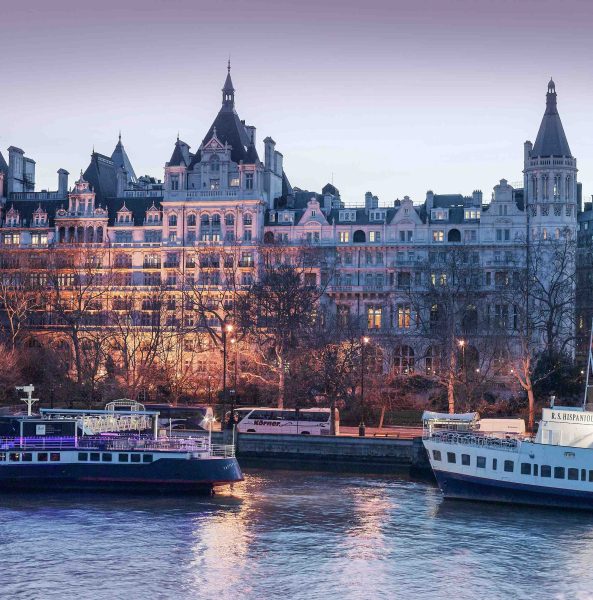 On my last visit to London I treated myself to a stay at the Royal Horseguards Hotel. It’s housed in a splendid 19th century building in Whitehall on the River Thames, a short walk from Trafalgar Square. What consumed my interest, once I found out, was that Whitehall was once a hotbed of intrigue centered in and round the hotel.
On my last visit to London I treated myself to a stay at the Royal Horseguards Hotel. It’s housed in a splendid 19th century building in Whitehall on the River Thames, a short walk from Trafalgar Square. What consumed my interest, once I found out, was that Whitehall was once a hotbed of intrigue centered in and round the hotel.
The hotel’s restaurant gave me the first clue. It’s named One Twenty-One Two after Scotland Yard’s telephone number: Whitehall 1212. The hotel housed the original Scotland Yard where detectives tracked down the century’s most heinous criminals.
In Her Majesty’s secret service
I found the second clue on a blue plaque at the hotel entrance. During World War I Sir Mansfield Cumming, first head of the British Secret Service (known after 1909 as MI6), ran espionage operations on the 8th floor.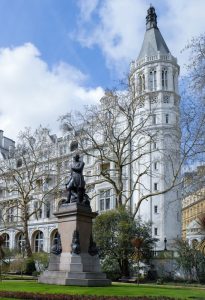
C, the initial for Cumming, inspired the character M in the James Bond spy novels. Piers Brendon wrote in The Guardian that “Cumming was the stuff of which fictional spymasters are made. When his Rolls-Royce crashed in France in 1914 and his leg was nearly severed, he allegedly completed the amputation with a pocket knife so that he could crawl over to aid his dying son. Afterward, Cumming propelled himself round Whitehall on a child’s scooter. And he tested potential recruits by stabbing his wooden leg through his trousers with a paper knife. If the applicant winced, C said, ‘Well, I’m afraid you won’t do.’”
What other secrets and intrigue would turn up on this visit? Alan Turing’s life was the subject of a biography, play, various documentaries as well as the film “The Imitation Game.” In World War II, the cryptanalyst (played so winningly by Benedict Cumberbatch) broke the German code.
Codebreakers
A visit to Bletchley Park was in order. I arrived at the front gate after an hour’s train ride and a short walk from the local station. Bletchley was the top-secret site for Britain’s code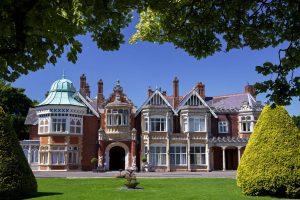 breakers. I headed first to the 1880’s manor that housed the Library and wartime office of the Government Code and Cypher School. I was happy to see the props and memorabilia from ‘’The Imitation Game’’ movie set on display.
breakers. I headed first to the 1880’s manor that housed the Library and wartime office of the Government Code and Cypher School. I was happy to see the props and memorabilia from ‘’The Imitation Game’’ movie set on display.
Huts scattered across the estate grounds hummed with cloak-and-dagger activity during the war. Huts 3 and 6 showed workers engaged in code-breaking. Hut 8, the German naval codebreaking hut, held Alan Turing’s wartime office.  With Gordon Welshman, Turing developed a complex electro-mechanical device to crack Nazi codes and cyphers including the fiendish difficult Enigma.
With Gordon Welshman, Turing developed a complex electro-mechanical device to crack Nazi codes and cyphers including the fiendish difficult Enigma.
I watched a demonstration of a reconstructed Turing-Welshman Bombe, as the device was called, rows upon rows of whirling brass cylinders.
Hut 11 showed Bombes through the eyes of their operators: mainly members of the Woman’s Royal Naval Service, WRNS (Wrens). 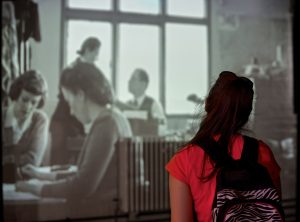 Of the 9,000 people working at Bletchley in 1945 when code-breaking efforts peaked, 75 percent were women. A woman recruit may have fancied herself a latter-day Mata Hari, but the reality involved nothing more dangerous than sitting in a hut figuring out cyphers.
Of the 9,000 people working at Bletchley in 1945 when code-breaking efforts peaked, 75 percent were women. A woman recruit may have fancied herself a latter-day Mata Hari, but the reality involved nothing more dangerous than sitting in a hut figuring out cyphers.
Churchill referred to the Bletchley staff as “the geese that laid the golden eggs and never cackled.” After the war, the Official Secrets Act remained in force until the late 1990s so the staff couldn’t reveal the pivotal role they played in the allied victory.
Home Guard hero
Next, a room devoted to Animals in War bought back memories. When war broke out in 1939, I was a child in London. My father built a bomb shelter, as did our neighbors, in the back garden. The early warning siren rushed everyone out their back doors and down wooden ladders to their underground shelters. Only a direct hit would have knocked out my dad’s shelter. It was sturdy and well stocked. My mother and I were eventually evacuated to Cardiff but my father stayed behind, a member of the Home Guard.
My dad was hunker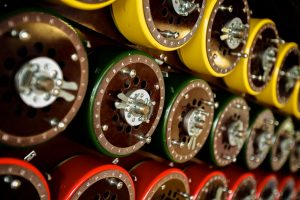 ed down in his shelter when a house five doors away took a direct hit, destroying the entire block. My dad’s shelter survived unscathed. But where was Monty the family cat? Each day my dad returned to our ruined house and called for Monty. On the fifth day, Monty emerged. Other than a large splinter of wood lodged in his left cheek, he was fine. After the war, my mother and I rejoined my father. We lived in a Prefab (prefabricated house) while our own was rebuilt. Monty passed away at age 18, feisty to the end.
ed down in his shelter when a house five doors away took a direct hit, destroying the entire block. My dad’s shelter survived unscathed. But where was Monty the family cat? Each day my dad returned to our ruined house and called for Monty. On the fifth day, Monty emerged. Other than a large splinter of wood lodged in his left cheek, he was fine. After the war, my mother and I rejoined my father. We lived in a Prefab (prefabricated house) while our own was rebuilt. Monty passed away at age 18, feisty to the end.
Animal heroes
I studied the displays. Heroic animals received the Dickin Medal, the animals’ version of the Victoria Cross, for actions above and beyond the call of duty. Dogs have long been known to be man’s best friend. Rob, a Collie from the fields of Shropshire, became a para-dog, parachuting into enemy territory on twenty undercover missions.
Pigeons and cats have proven their mettle and earned the Dickin award. A pigeon nicknamed GI Joe flew twenty miles in twenty minutes and delivered a message that saved Allied soldiers from being bombed by their own planes.
Simon, a cat aboard the frigate HMS Amethyst, averted a potential plague outbreak. In 1949 the ship was attacked and held captive on the Yangtze river. During the hundred-day siege, Simon controlled the growing rat population and comforted the crew.
Returning to London on the train, I set off for Park Lane to view a wartime memorial. Animals in War pays tribute to the animals, including camels, elephants and oxen who showed as much courage as the men they fought beside. Located on a grassy center divide, the monument consisted of a bas-relief stone wall and four bronze animals. Two overburdened mules labor toward a gap in the stone wall. Through the gap, a horse and a dog head off into what can only be the thick of battle.
Located on a grassy center divide, the monument consisted of a bas-relief stone wall and four bronze animals. Two overburdened mules labor toward a gap in the stone wall. Through the gap, a horse and a dog head off into what can only be the thick of battle.
An immersion in wartime espionage
After this satisfying immersion, I headed back to the Royal Horseguards. In the garden terrace with a glass of wine in hand, I toasted wartime heroes. I overheard talk at the hotel of secret tunnels. Where? I wonder. No doubt, I would uncover more clues tomorrow. I wanted to explore—after all, I was already hot on the trail.
—Bletchley Park photography by Shaun Armstrong. Royal Horseguards Hotel photos courtesy of Guoman Hotels.
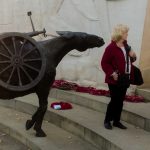 Monica Conrady is a freelance travel and feature writer based in San Francisco. Originally from London, she has traveled extensively and has rarely been to a country she didn’t like.
Monica Conrady is a freelance travel and feature writer based in San Francisco. Originally from London, she has traveled extensively and has rarely been to a country she didn’t like.
